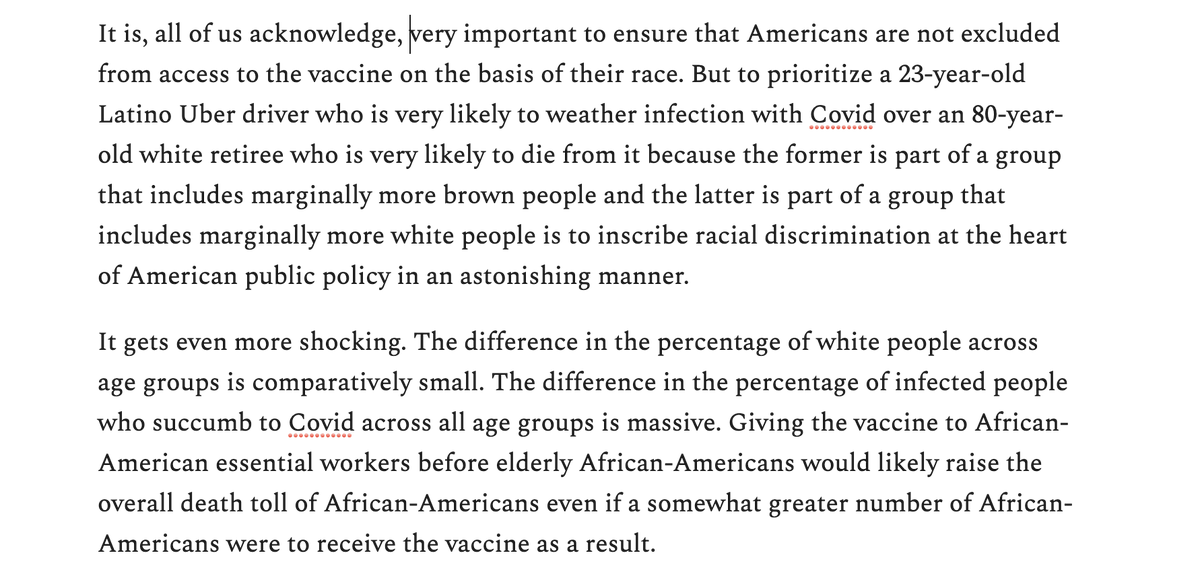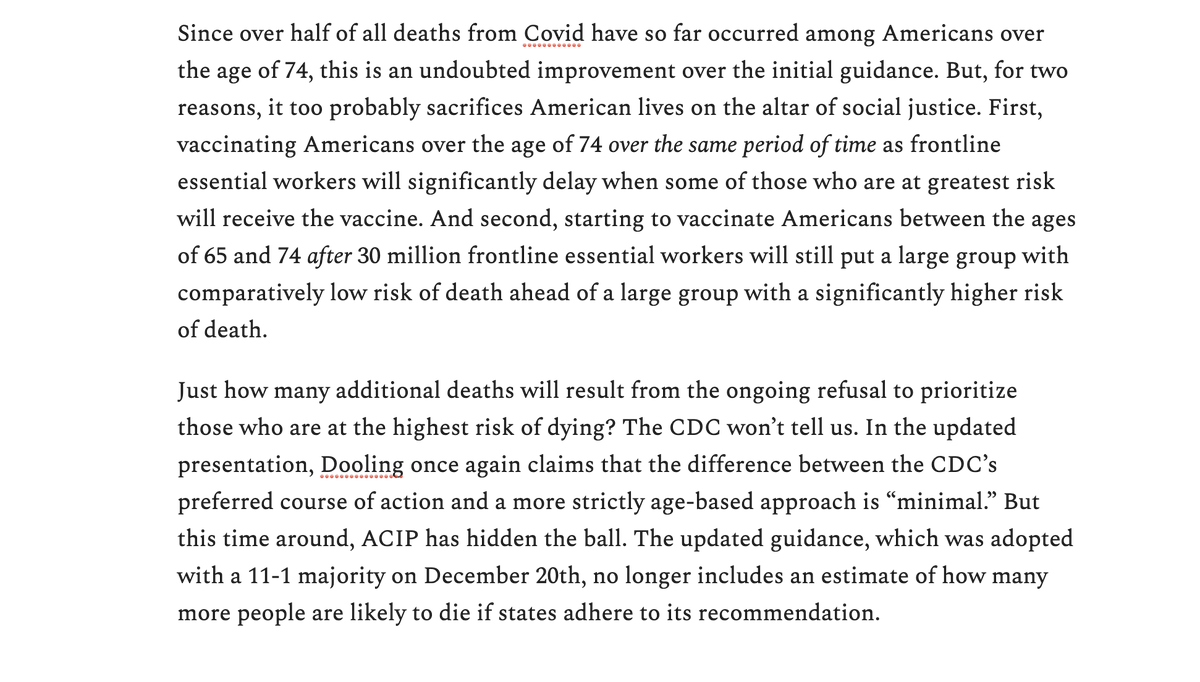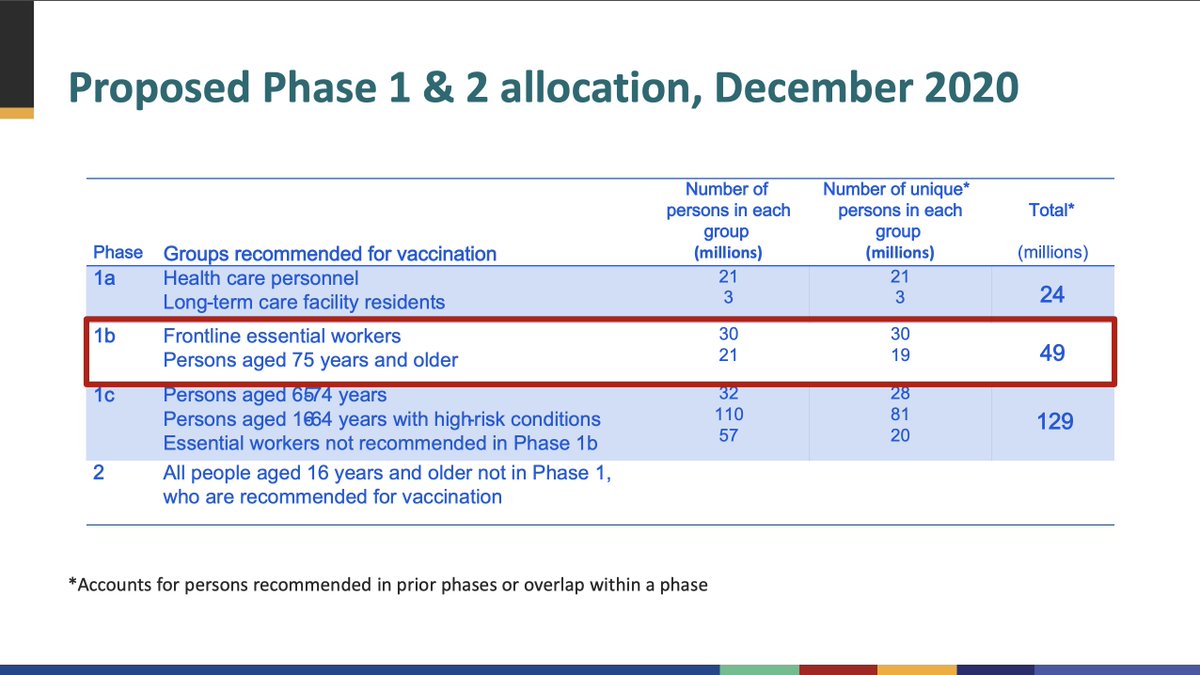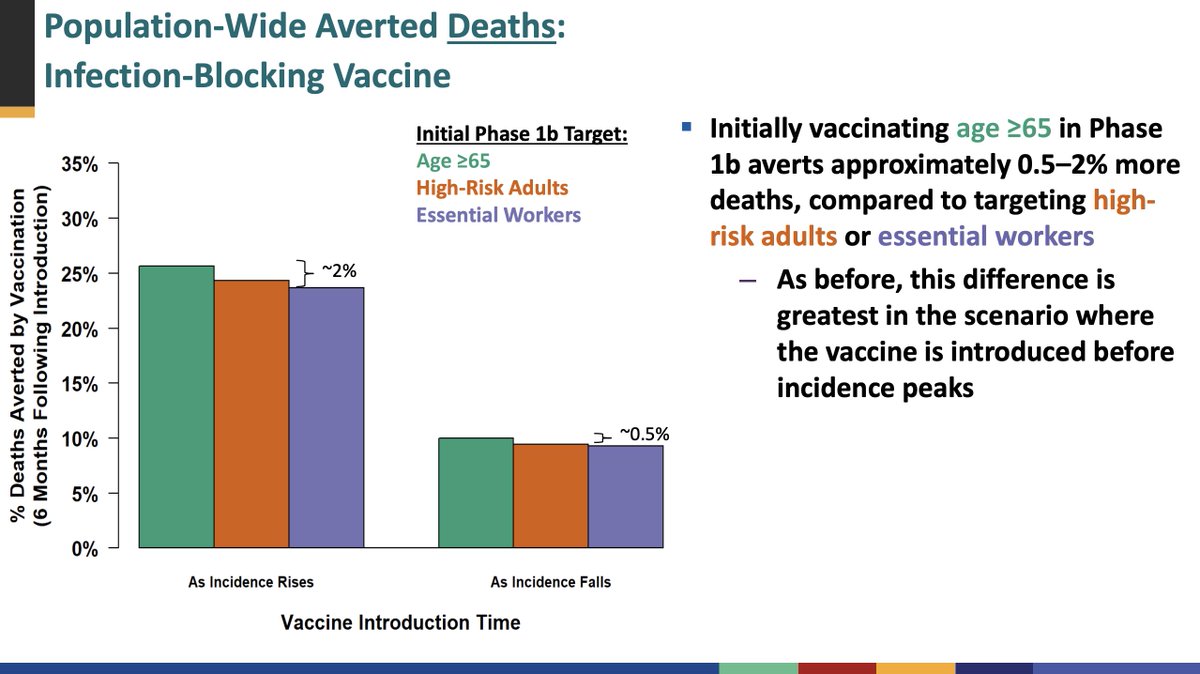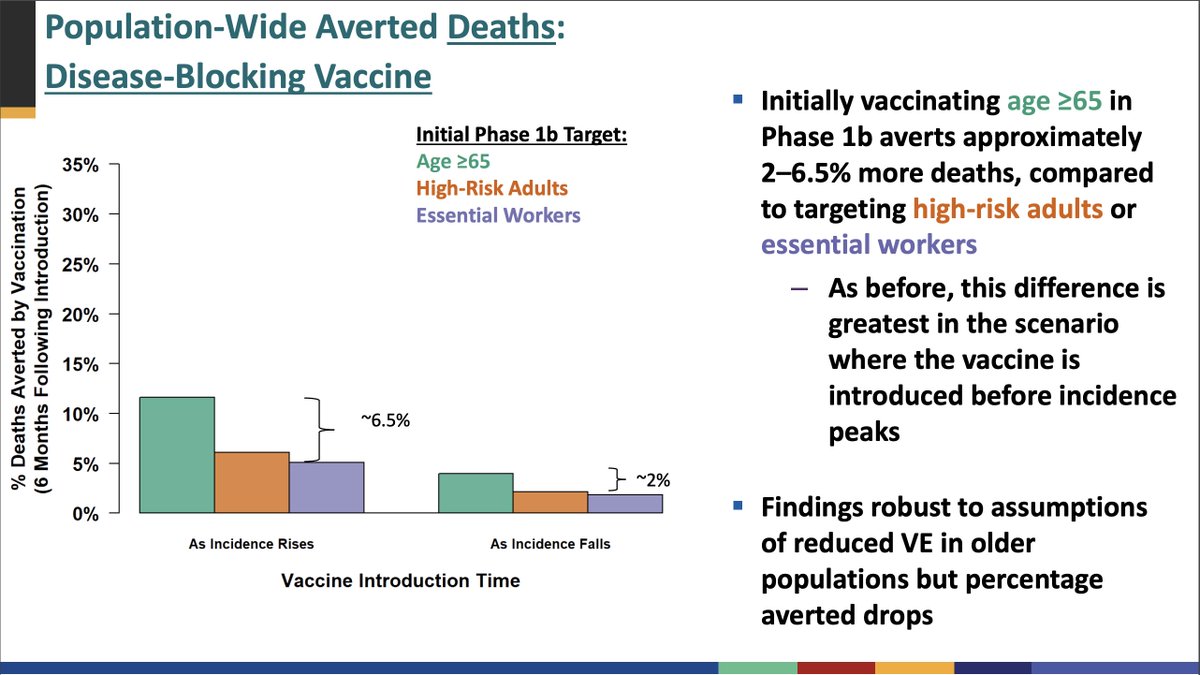
"A survey of mothers from 65 to 75 years old with at least two living adult children found that about 11 percent were estranged from a child and 62 percent reported contact less than once a month with at least one child."
62 percent! That's terribly sad.
theatlantic.com/family/archive…
62 percent! That's terribly sad.
theatlantic.com/family/archive…
The 11 percent figure doesn't strike me as particularly concerning. About one in ten people is probably deeply toxic, and it is the right of children to keep those people out of their lives.
But 62 percent of children who have barely any relationship with their parents! Wow.
But 62 percent of children who have barely any relationship with their parents! Wow.
And yup, as everyone is pointing out, it's 62 percent of mothers who barely have contact with one of their children - so not 62 percent of mother-child dyads, as it were.
Still!
Still!
Excellent point.
If someone rang up my mom after I didn't talk to her for a few days, she might well claim not to have spoken to me for a month as well!
🤣.
If someone rang up my mom after I didn't talk to her for a few days, she might well claim not to have spoken to me for a month as well!
🤣.
https://twitter.com/langmore/status/1349184134866939905
• • •
Missing some Tweet in this thread? You can try to
force a refresh

